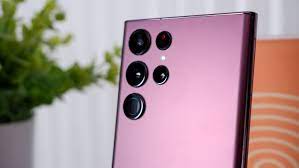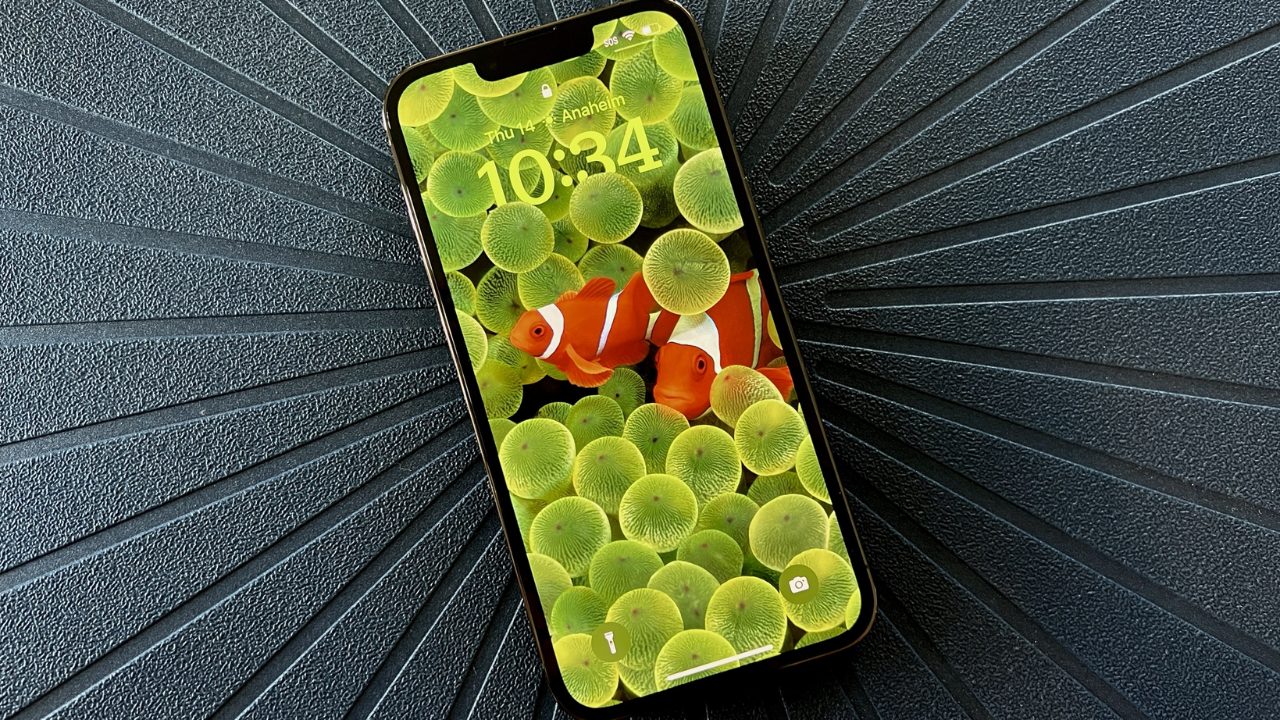New pixel binning settings enable the Isocell HP2 image sensor from Samsung to capture images at 12,5, 50, or 200 megapixels.
Samsung will attempt to give smartphone photographers the best of both worlds with its new 200-megapixel Isocell HP2 picture sensor: high resolution and good image quality in tough settings.
The HP2 is currently in production. Samsung has not revealed a release date or confirmed the phone’s form. Nonetheless, the sensor is anticipated to power the primary camera of the company’s Galaxy S23 Ultra flagship smartphone, which will likely debut on February 1.
Image sensor designers must make a compromise. Each pixel on the sensor becomes smaller as the resolution increases, and smaller pixels cannot gather as much light. This implies that images captured in low light are damaged by noise. They lose detail in areas of a scene that are in shade. They also have blown-out highlights in bright regions such as the sky.
Samsung said in an exclusive interview with CNET that the HP2 incorporates innovative techniques to combat these issues and maximise the use of each photon of light.
The sensor of the South Korean electronics giant can capture light more efficiently in the first place, enhancing high dynamic range (HDR) images to better handle scenes with dark and bright elements, according to the business. In addition, when shooting at 200 megapixels, Samsung employs AI technology to depict the finest details.
It is currently unknown how well the sensor will perform in actual testing. However, it is not surprising that Samsung is focusing on technology. Better images and videos are more obvious than marginally improved processors, battery life, and network technologies, making camera enhancements the primary incentive to upgrade a smartphone.
JoonSeo Yim, senior vice president of Samsung Electronics’ sensor business, remarked, “The entire 200MP resolution really shines when filming at concerts or outdoors, where there is a lot of detail to capture.” “It may not be the dominating environment for the majority of consumers, but we recognise the necessity for detailed images.”
Apple, Samsung’s chief smartphone competitor, is also substantially investing in its cameras. Comparatively huge lens elements protrude from the rear of iPhone 14 Pro models to demonstrate camera performance, and Apple has improved its sensors to improve high-resolution and low-light photography.
Better Pixel Binning Options
Pixel binning is one of the most prominent strategies for improving smartphone photographs. With it, groups of physical pixels can be joined into larger virtual pixels that collect more light in low-light conditions, sacrificing resolution for reduced noise and improved colour.
Samsung isn’t alone in employing pixel binning. The HP2 sensor may be found in the Apple iPhone 14 Pro, Google Pixel 7, Xiaomi 12T Pro, and other smartphones, but it is among the most advanced. Apple and Google use 2×2 pixel binning to convert four actual pixels into one virtual pixel. Since 2019, Samsung’s flagship Galaxy S22 phones have featured 3×3 pixel binning, allowing for 108-megapixel images in bright light and 12-megapixel photos in low light.
The Samsung HP2 is able to capture 200-megapixel images under optimal settings. Pixel binning combines pixels into 2×2 blocks for a 50-megapixel image when the light is weak. And when even darker, Samsung’s 4×4 “Tetra2pixel” pixels capture 12.5-megapixel images.
On the 200-megapixel HP3 released in 2022, two levels of pixel binning were available. However, the HP3 has smaller pixels that, while reducing camera size, are less effective at catching light. The 2021-announced HP1 also possessed it. However, the HP2 has additional features that the HP1 lacks.
Pixel Binning Ups and Downs
Pixel binning has other benefits. To zoom in on more distant subjects, cameras can crop the centre section of the image. It is a crucial component of the initiative to give smartphones zoom capabilities comparable to traditional camera lenses. Pixel binning also provides more options for 4K and 8K video.
Pixel binning has disadvantages, however. It requires a great deal of battery power to analyse all those pixels, and storing high-resolution images consumes a substantial amount of storage space. And while high-resolution sensors are good in theory, they cannot produce the best image quality unless combined with high-quality lenses.
“The full 200MP mode requires more RAM and power,” Yim explained, which is why such high-resolution sensors are exclusive to premium smartphones.
When taking 200-megapixel photographs with the HP2, determining colour is a challenge. Digital cameras catch red, green, or blue light for each pixel, however the Tetra2pixel architecture captures only one of these hues for each 4×4 pixel group. Samsung reportedly used an artificial intelligence algorithm to assist fill in the necessary colour detail within these 16-pixel groups.
Samsung stated that photography lovers, who are expected to be highly interested in the sensor’s high resolution, may capture raw photographs at 200 megapixels. Raw photographs are larger than JPEG or HEIC images, but they offer higher image quality and greater editing freedom.
Samsung HP2’s image Quality Improvements
The sensor employs additional techniques to improve image quality, particularly in scenarios with a high dynamic range and both bright and dark details. Here are several:
- Dual Voltage Transfer Gate (D-VTG) is a technology that improves each pixel’s ability to capture light by 33%, which should improve image quality in low-light conditions and reduce the appearance of white spots in bright sky.
- Dual Slope Gain (DSG) is a Samsung technology that enhances HDR images by digitising each pixel’s exposure data at two separate scales to collect bright and dark data when shooting in 50-megapixel mode. Due to the large number of pixels on the sensor, some pixel quartets are optimised for bright light while others are optimised for dim light.
- Smart-ISO Pro is a separate HDR technique that adjusts to diverse scenes by using varying combinations of sensitivity settings for the multiple frames needed to construct the HDR image.
Another new feature of the HP2 is its enhanced autofocus with Super QPD technology. It can detect either horizontal or vertical lines across 2×2 pixel groups, enabling the camera to focus on elements such as horizons and tree trunks even in low light, according to Samsung.
Each HP2 pixel measures 0.6 microns in width, or 6 millionths of a metre. This is slightly thinner than the HP1’s 0.64 microns, making the HP2’s 11.3×8.4mm image sensor slightly smaller. In comparison, the diameter of a human hair is approximately 75 microns. The pixel width for 50-megapixel images climbs to 1.2 microns in a 2×2 array and 2.4 microns in a 4×4 array.
Yim stated, “We anticipate that high-resolution image sensors will become a typical component of future flagship smartphones.” “Because of this, we believe it is essential to continue our work on enhanced pixel processes below 0.5 microns, as well as pixel performance and algorithms.”
Larger sizes are more effective in absorbing light. Samsung’s pixel sizes are comparable to those of the iPhone 14 Pro’s primary camera sensor, which features 2.44 micron pixels in 12-megapixel mode and 1.22 micron pixels in 48-megapixel mode.
The HP2 offers a variety of video options. Using the 50-megapixel sensor mode, the camera can record 8K video at 30 frames per second. It can record 4K video at 120fps or 60fps if Smart-ISO is set. The sensor can capture 1080p video at 480fps without autofocus and 240fps with autofocus.
Correction, 14.48 hours: The pixel size of the Samsung Isocell HP1 image sensor was incorrectly reported. Each pixel has a width of 0.64 microns.
Related Articles:
There Is a New vintage Technology that Generation Z Is Obsessed With.
Apple Will Reportedly Begin Manufacturing Its Own Watch Screens by 2024.
The 18th of January Will See the Announcement of A New Dragon Quest RPG for iOS and Android.









